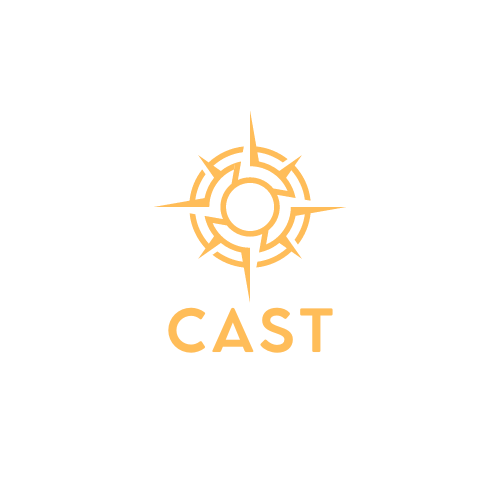CAST MANIFESTO
Iterating Toward 90% Clinical Success Rates
Just as software has transformed entire industries, computation is set to transform cancer drug discovery—but something crucial is missing.
Years ago, as a grad student participating in CASP, I didn’t fully grasp the importance of benchmarking in technology development (I doubt AlphaFold would have emerged without CASP). After years of research at Oxford University and building biotech startups, it’s now crystal clear: rigorous benchmarking facilitates breakthroughs. This is the missing link in translating data and compute into curing diseases like cancer.
Today, oncology clinical trials have a success rate of just 10%. Why? Because we’ve lost sight of a critical fact: computed models describe data, not the actual biological systems. To cure diseases, we must close the gap between models and the realities they aim to describe.
To address this, I propose a "Maslow’s Pyramid" for Computational Biology:
The community has made remarkable advances in the top two layers—innovative algorithms and vast datasets—but we’ve neglected the foundation: the connection between data, models, and the actual biological systems they represent. Without this, no amount of data or computational power will yield the understanding needed to cure diseases like cancer.
Let’s change that! Inspired by our experience in CASP, we are launching CAST—Critical Assessment of techniques for Trial Outcome Prediction. CAST is a benchmark platform designed to test how effectively various techniques can predict clinical efficacy.
Today, it takes six years and $150M for a model to be tested in a clinical trial. CAST aims to break this slow and costly cycle. We’ve structured CAST to enable rapid iteration and more importantly, to allow head-to-head comparisons between competing approaches.
Our plan:
Our goal is simple: a 90% success rate in oncology clinical trials.
The methodology? Whatever works.
Participation? Whoever dares.
CAST is more than a competition—join us in this journey and together, let’s build the future faster.
Years ago, as a grad student participating in CASP, I didn’t fully grasp the importance of benchmarking in technology development (I doubt AlphaFold would have emerged without CASP). After years of research at Oxford University and building biotech startups, it’s now crystal clear: rigorous benchmarking facilitates breakthroughs. This is the missing link in translating data and compute into curing diseases like cancer.
Today, oncology clinical trials have a success rate of just 10%. Why? Because we’ve lost sight of a critical fact: computed models describe data, not the actual biological systems. To cure diseases, we must close the gap between models and the realities they aim to describe.
To address this, I propose a "Maslow’s Pyramid" for Computational Biology:
- Top layer: Compute power and sophisticated algorithms.
- Middle layer: Data quality and quantity.
- Bottom layer: The biological reality.
The community has made remarkable advances in the top two layers—innovative algorithms and vast datasets—but we’ve neglected the foundation: the connection between data, models, and the actual biological systems they represent. Without this, no amount of data or computational power will yield the understanding needed to cure diseases like cancer.
Let’s change that! Inspired by our experience in CASP, we are launching CAST—Critical Assessment of techniques for Trial Outcome Prediction. CAST is a benchmark platform designed to test how effectively various techniques can predict clinical efficacy.
Today, it takes six years and $150M for a model to be tested in a clinical trial. CAST aims to break this slow and costly cycle. We’ve structured CAST to enable rapid iteration and more importantly, to allow head-to-head comparisons between competing approaches.
Our plan:
- Predict efficacy in selected ongoing clinical trials.
- Head-to-head comparisons: Just as CASP compares protein structure prediction tools, CAST will compare methods based on their accuracy in predicting clinical trial outcomes.
- Publish the results to help the community identify approaches that truly deliver.
- Inspire new methods for predicting clinical efficacy.
- Accelerate adoption of the methods that work.
Our goal is simple: a 90% success rate in oncology clinical trials.
The methodology? Whatever works.
Participation? Whoever dares.
CAST is more than a competition—join us in this journey and together, let’s build the future faster.


